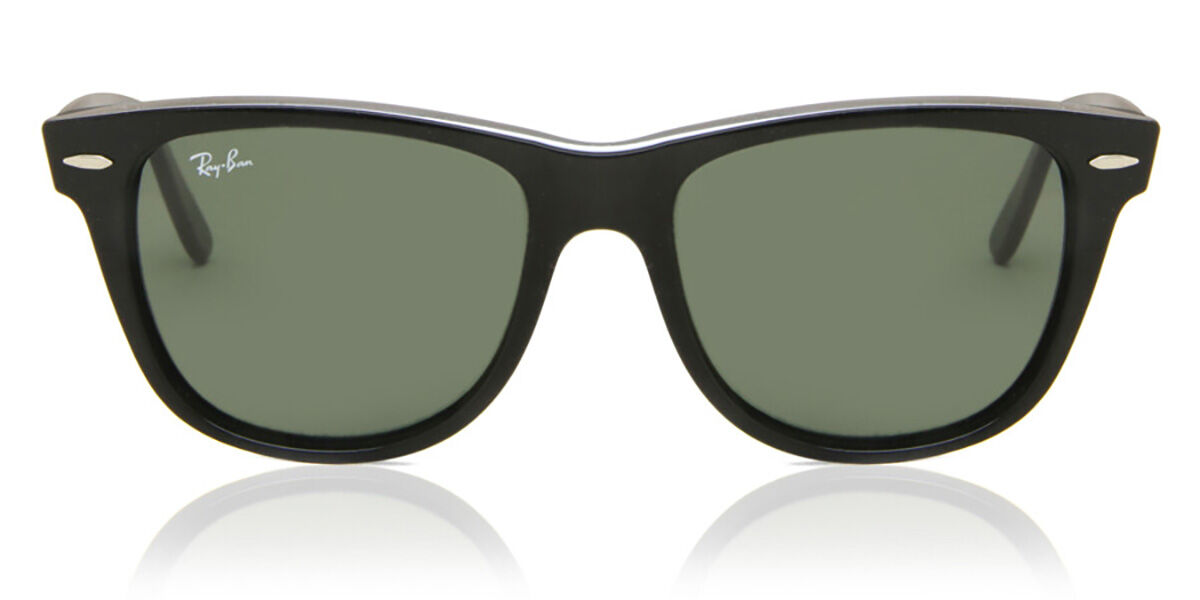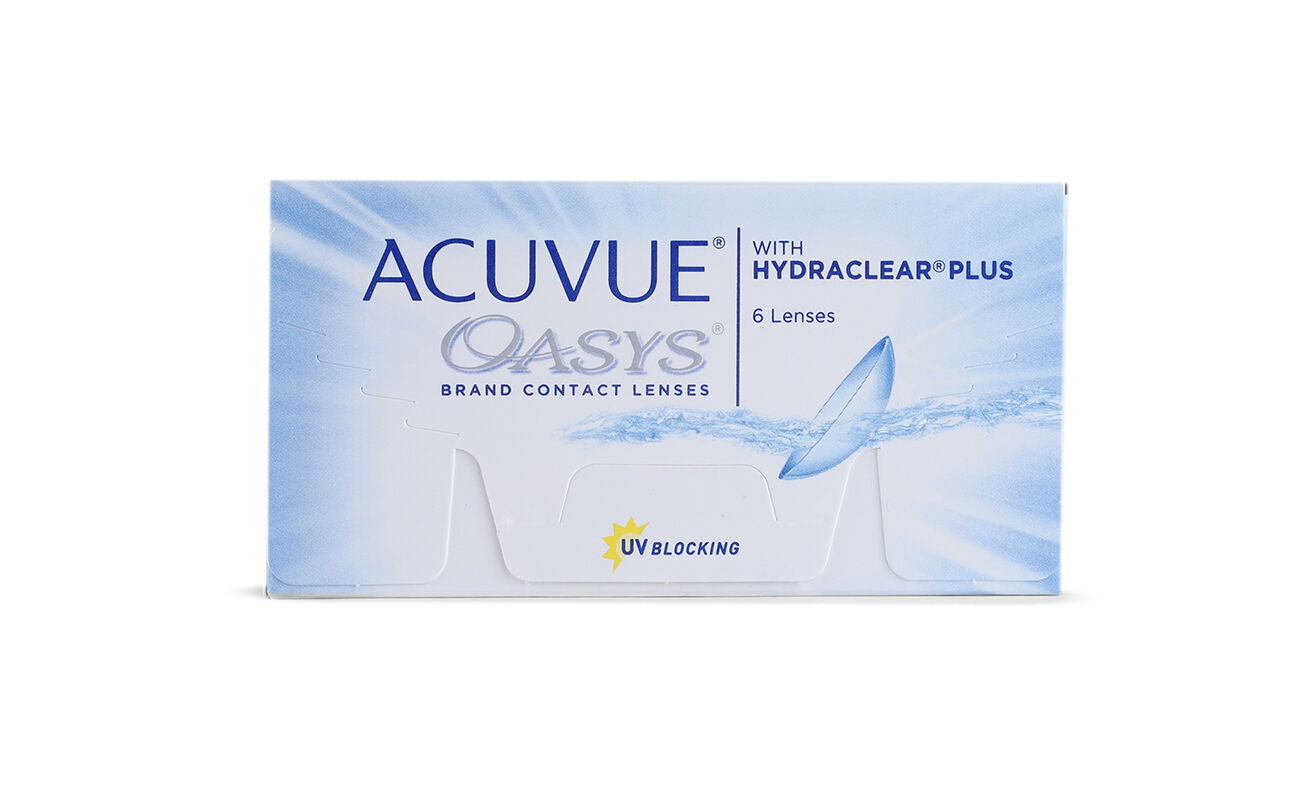Lazy eye (Amblyopia) Lazy eye (Amblyopia) – Also called a lazy eye, this is a disorder of sight in which the brain fails to fully process vision from one eye, over time the brain will ignore this eye and will favour the other eye. This can result in poor depth perception and visual clarity. Early …
Category Archives: Glossary
Dry eyes
Dry eyes Dry eyes – A condition where the eye may not produce enough tears or the tears produced are of poor quality, leading to irritation, redness and a gritty feeling. Dry eyes can be caused by various factors, such as tear evaporation, poor blinking and blocked meibomian glands. Risk factors include aging, certain medications, …
Blue light lenses
Blue light lenses Blue light lenses – Lenses that are specifically designed to filter out a portion of high-energy visible (HEV) blue light emitted from digital screens and artificial lighting. Prolonged exposure to blue light can contribute to digital eye strain and may disrupt sleep patterns. These lenses are particularly useful for those who spend …
Blepharitis
Blepharitis Blepharitis – A chronic condition characterised by inflammation of the eyelids, usually affecting the area where the eyelashes grow. It can cause symptoms like itching, redness and crusty flakes. Although uncomfortable, blepharitis isn’t contagious and is usually manageable with good eyelid hygiene and, in some cases, medicated treatments.
Bifocal lenses
Bifocal lenses Bifocal lenses – Eyeglass lenses that contain two distinct optical powers in one lens. The upper part of the lens typically corrects distance vision, while the lower part is designed for up-close vision, such as reading. These lenses are commonly prescribed for people with presbyopia who also have a refractive error like myopia …
Astigmatism
Astigmatism Astigmatism – A common vision condition that consists in a refractive error due to the cornea (the clear front surface of the eye), lens, or both being too curved. This causes light to focus unevenly on the retina, resulting in blurred or distorted vision at all distances. Corrective lenses or minimally-invasive surgery can typically …
Anti-reflective lenses
Anti-reflective lenses Anti-reflective lenses – Lenses treated with a multi-layer coating that reduces reflections from the lens surface and reflects artificial light. This enhances clarity, minimises glare from screens, headlights and bright lights, and allows others to see your eyes clearly. These lenses are ideal for driving at night, working on computers, or any situation …
Anti-fog lenses
Anti-fog lenses Anti-fog lenses – Specially coated lenses that prevent the buildup of fog caused by sudden temperature changes or humidity. These lenses are particularly useful for people who move between different environments frequently, like going from cold outdoors into a warm room, ensuring your vision remains unobstructed.
Cataracts
Cataracts Cataracts – A condition where the eye’s natural lens becomes cloudy, leading to blurred or dim vision. Cataracts often develop with age but can also result from injury, medication, or other conditions such as congenital cataracts, which individuals are born with. Treatment typically involves surgical removal of the cloudy lens and replacement with an …
Add power glasses
Add power glasses Add power glasses – Glasses designed with additional magnification, primarily used to assist with up-close vision tasks like reading. Commonly found in bifocal and progressive lenses, they help those with presbyopia, a condition where the eyes gradually lose the ability to focus on close objects due to aging. In these cases, the …








































